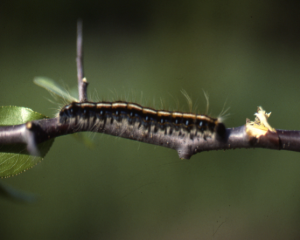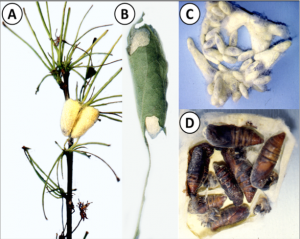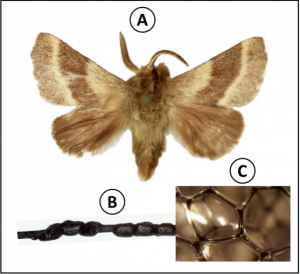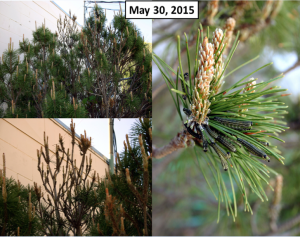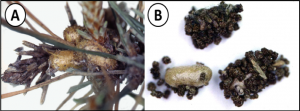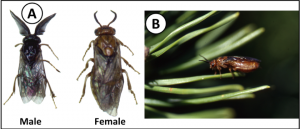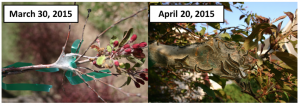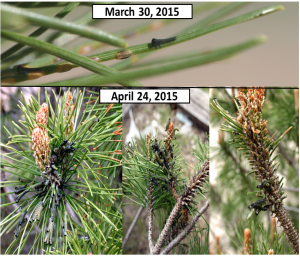–by Dr. Bob Bauernfeind
I am always amazed at how time flies, especially after having taken a short hiatus. In my last newsletter inclusion (May 1, KIN#4), I referenced the Kentucky Derby. Now here we are already after the Preakness has been run. And American Pharaoh (with two wins under his cinch) is on the verge of the Triple Crown.
But back to KIN #4, when I alluded to eastern tent caterpillars (ETC) and European pine sawflies (EPS) completing their feeding cycles during the week following the Kentucky Derby. That was written prior to the Derby. Actually, the morning of the Derby, I noted both ETC and EPS larvae wandering, having already completed their feeding phases, and in search of sites in which to make their cocoons. Sooooooo, I guess that they both beat the horses across the finish line.
From start to finish: ETC hatch was noted on March 21, and EPS 9 days later (March 30). Fast forwarding to the morning of Saturday (May 2), ETC took 42 days from start-to-finish, and EPS just 33 days. It would appear that the faster EPS might have worn the Roses.
One last early spring entry: brownheaded ash sawflies. As described in the April 24th KIN #3,
I first noted their pinhole feeding. Although but a guesstimate, backtracking, those larvae probably were a week old, making their hatch/“first appearance” on-or-about April 17th. As of Saturday, May 16th, no larvae were to be seen, and newly produced terminal foliage was intact, further indicating that sawfly larvae had completed their feeding cycle. Thus the approximate developmental cycle for brownheaded ash sawflies was 29 days —– much like the rapid development of European pine sawflies.
